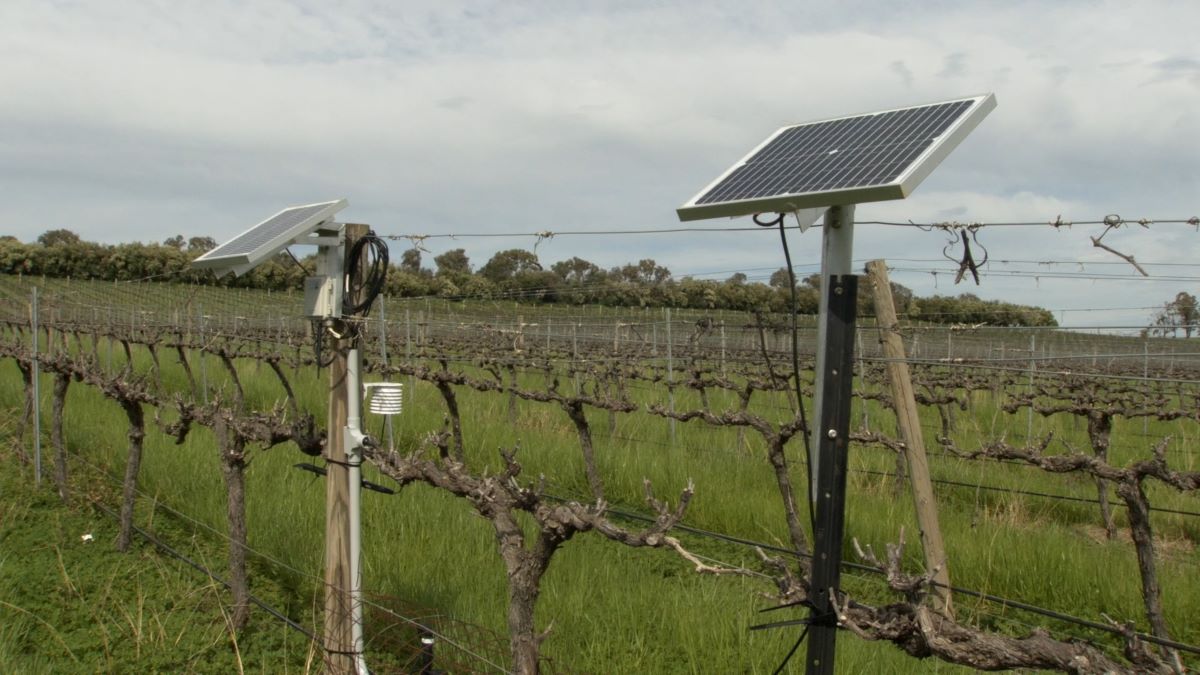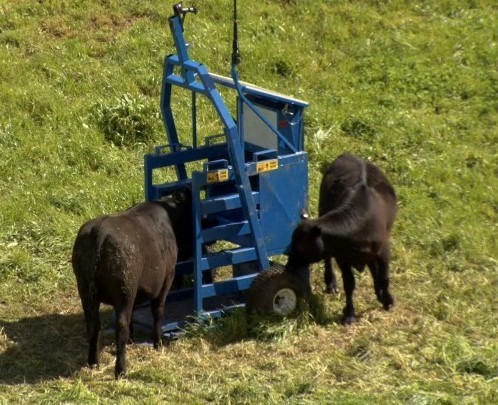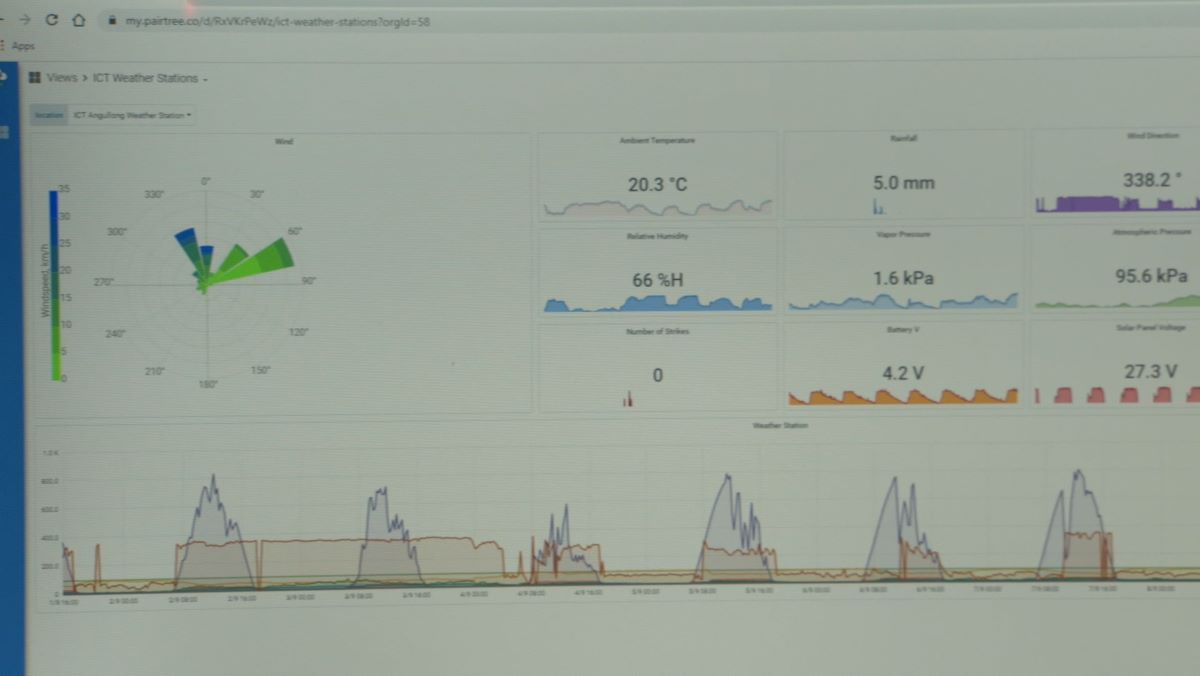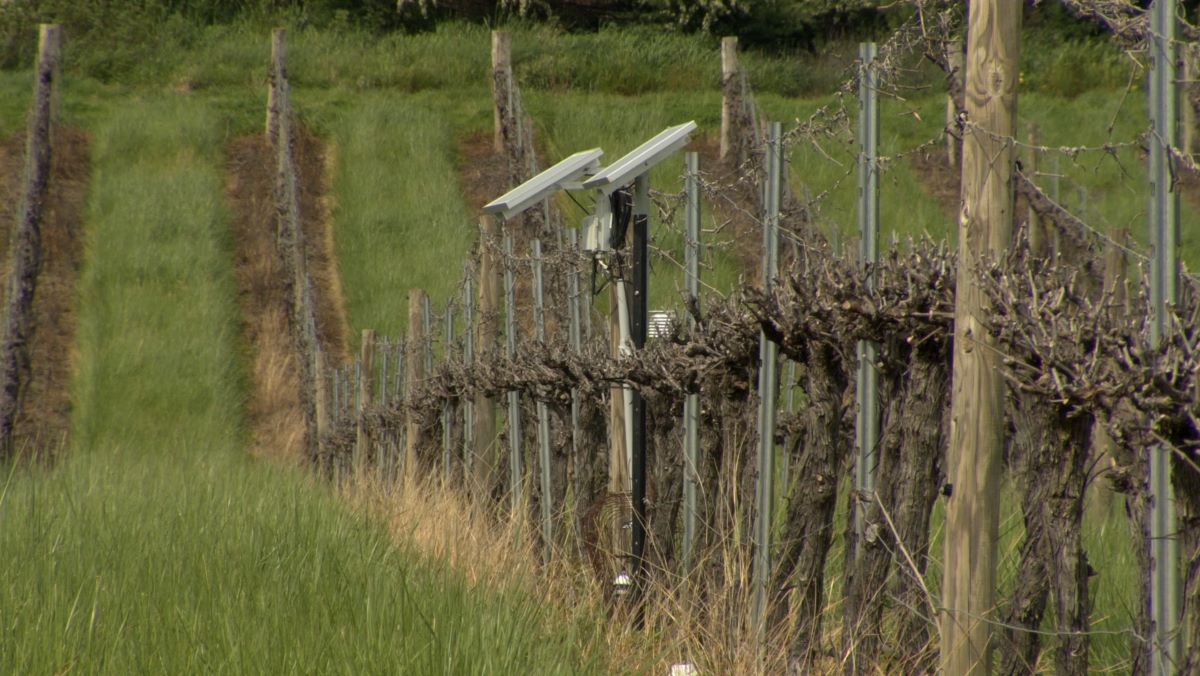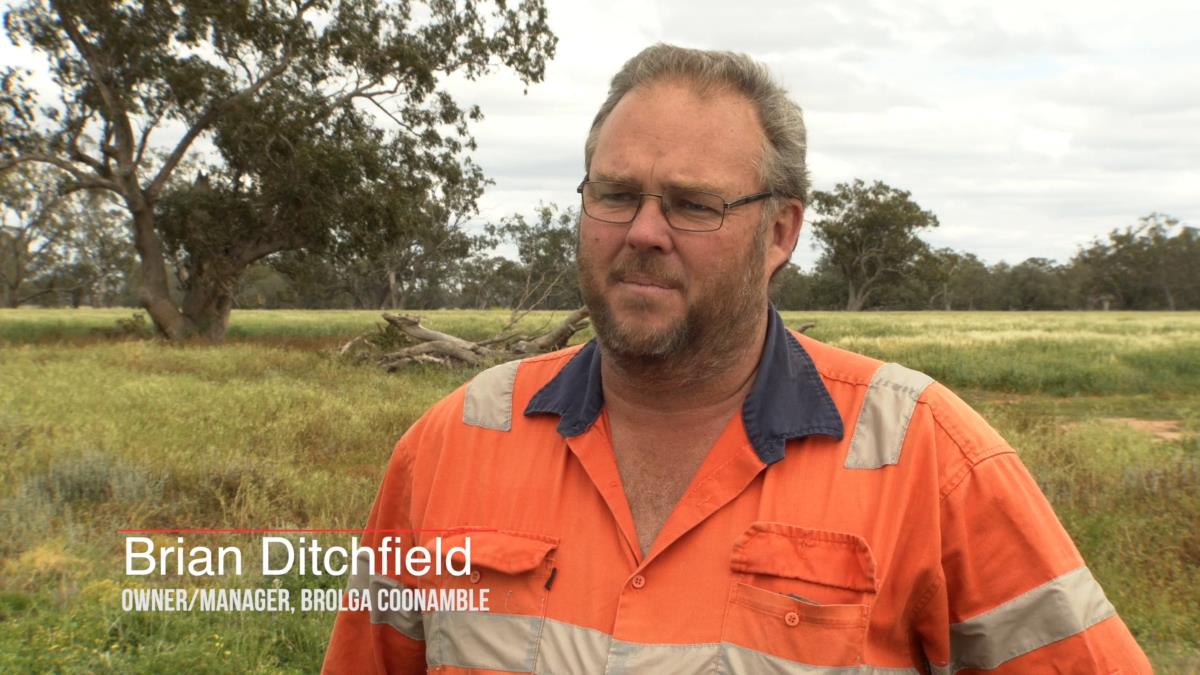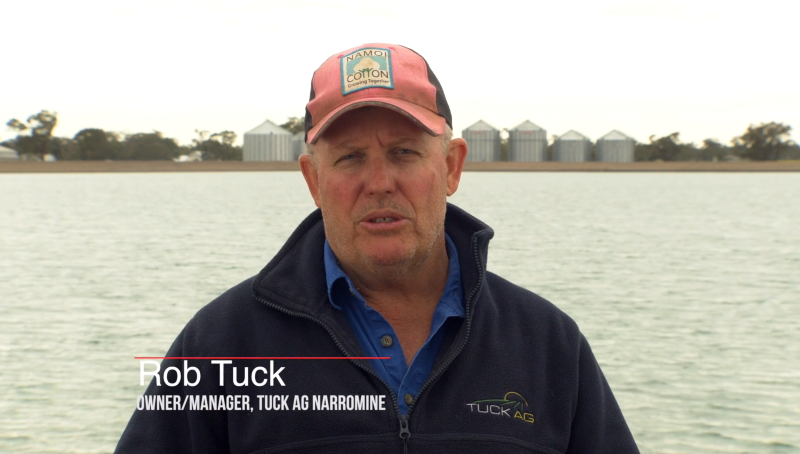The Crossing family property, Angullong, on the Belubula river near Blayney has a wine grape vineyard and also a cattle grazing enterprise. Parts of the property are quite elevated and there is a steep, unsealed 4 km drive to the river where they have an irrigation pump.
Wi-Fi connectivity across the property allows the reliable transfer of data and extended connectivity. Towers are installed to give coverage across the important points of the property and include a series of repeaters all the way to the river pump. This is quite an achievement in the hilly terrain with a variation of 200 m elevation. This network has also improved the usefulness of mobile phones throughout the property.
In-crop sensors in the vineyard send data about leaf wetness, temperature and humidity. There are also soil moisture probes and instruments to measure the growth rate of the vines during the season. The series of weather stations in the vineyard display current conditions and aid in predicting the risk of a disease outbreak. James appreciates receiving data specific to his property from this technology which is important in accurately planning spray programs, managing the operations on the ground and improving returns through better disease control and chemical savings.
Water sensors measure tank levels, important for the grazing operation. This data also monitors flow levels running to troughs in the stock paddocks.
River flow is critical for the enterprises, particularly in dry times when the river flow may be a bit too low to keep up with the pumps. It is essential to monitor them and in the past, staff had to negotiate the steep drive each time. The terrain is particularly relevant in wet weather when the road is muddy and slippery and difficult to travel even in a four-wheel drive vehicle. Being able to monitor these sites remotely provides great safety benefits, especially at night when previously workers were on their own driving down to physically check the pumps.
James says that the biggest labour-saving devices have been for checking water infrastructure. At a glance they can check the tank and trough levels without actually having to go out in the field. The vineyard is irrigated from dam storage filled from the river pump and this can also be monitored remotely.
He says that, to date, the water monitoring systems have given favourable return on investment (ROI) mainly due to the labour saving. He says that in the future, when he has more in-crop records, he expects to see good returns on other systems too.
They have installed cameras to monitor the river level and a water trough in the cattle yard. The cameras are also useful for security and surveillance of vehicles on the farm and when the cattle are calving. Problems can be readily seen so that action can be taken. The main camera can be rotated to provide a 360-degree view and can work at night. The cameras send video to the computer dashboard and are a back-up to the data from the sensors.
Sensors were usually installed by suppliers, but James installed some of the towers and, in some cases modified existing structures already in place for the new antennas.
The single point dashboard on the office computer allowed them to customise the screen so that it converges data from different platforms for easy access and comparison and it also allows ease of producing reports. For example, rain gauge reports appear on the same page although the different suppliers have their own platforms for display. It also allows them to customise playlists of data so that groups of data can displayed on rotation.
James finds that, in addition to all the other advantages, the technology also provides peace of mind because you know that stock have adequate water and that your pumps are working properly. He says you then have time to concentrate on other important aspects of the business.
